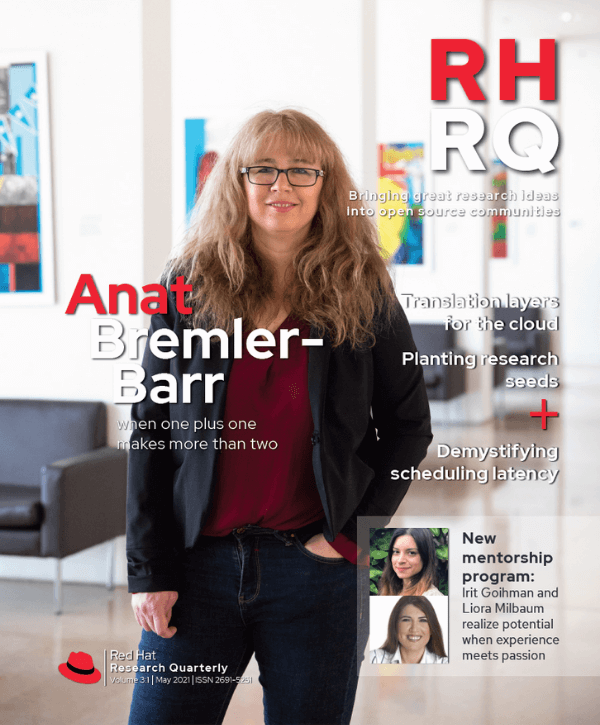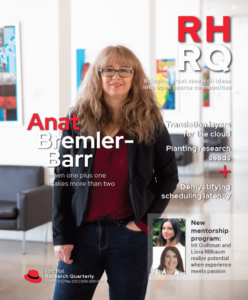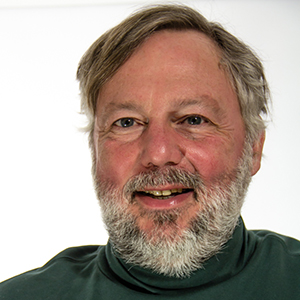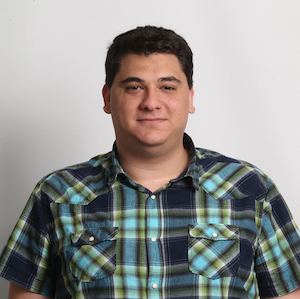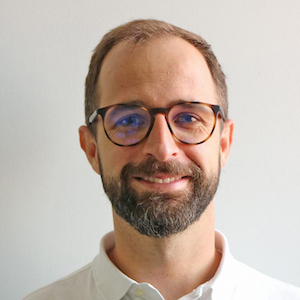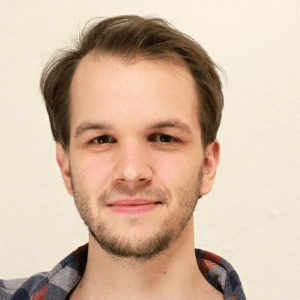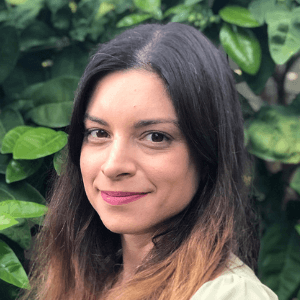As we begin our third year of RHRQ I am in a celebratory mood—unusual, for 2021, but I think appropriate. I’ve just finished rereading our interview with Professor Anat Bremler-Barr of the Interdisciplinary Center in Herzliya, Israel. What really struck me about the interview is that she has independently validated the model we have been championing since the beginning of Red Hat Research, and perhaps even the beginning of Red Hat: If you can work to prove your thesis upstream in the open, your work will be stronger and more relevant to what is happening in software. I don’t think it’s likely we will change the world of research with this model, but I do think the approach is opening up researchers to the idea of sharing ideas sooner and more broadly.
Open source is focused on sharing source code so that many people can participate in improving it—many eyes are (usually) better than just two.
But what kind of ideas should we be sharing? Open source is focused on sharing source code so that many people can participate in improving it—many eyes are (usually) better than just two. However, sometimes looking at code is not sufficient. Two of our technical features this issue focus on formal analysis of software, which is generally held to be impossible or at the very least impractical for real-world programs. Yet in both of these cases we find that using formal techniques to solve very specific, bounded problems can be quite useful. Daniel Bristot de Oliveira finishes his three-part series on proving the real-time-ness of the Linux kernel using finite automata, an ingenious application of formal techniques that shows their practicality when applied the right way. Heinrich Lauko’s very technical piece shows how to leverage a general analysis framework developed by researchers in Brno to solve a very specific fuzzing problem. When tools like these become commonplace in the open, our conversations go from line-by-line analysis of code to broader discussion of its quality, which is useful for all concerned.
At Red Hat Research we spend a lot of time focused on our own experimental cloud, the Mass Open Cloud. One of the great things about having a cloud to play with is that it allows for research to answer scale questions that simply can’t be answered using a laptop. Peter Desnoyer’s exposition of his team’s work on Ceph storage architecture is a nice example of how useful this is. The team has been able to quickly test concepts on the Mass Open Cloud that are going to turn out to be really beneficial for the Ceph project and cloud storage in general.
Finally, I’m really pleased to be able to say that we’re dramatically expanding our flagship research partnership with Boston University (see the full press release online, bit.ly/BURedHatOpenHybridCloud). I am privileged to be working with such a productive and adventurous group of researchers at Boston University, and grateful for the contributions Red Hat engineers are making to make the partnership great. I look forward to reporting important research results from our partnership here in the months and years to come.


